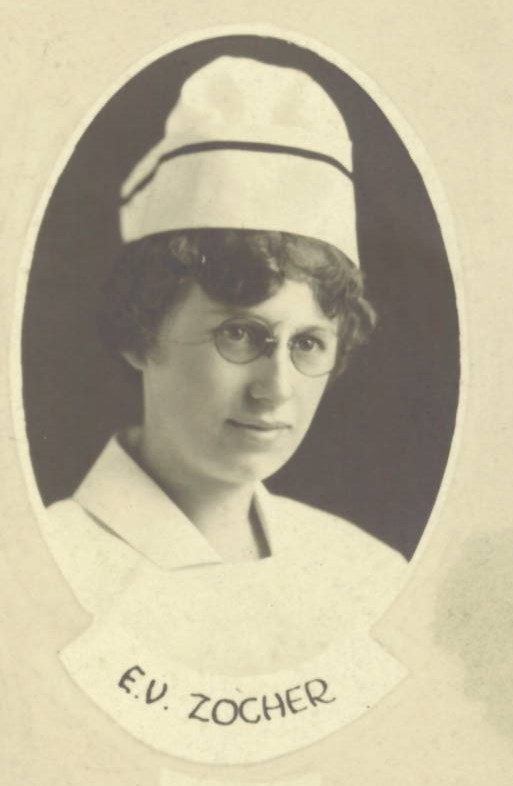By: Laura Meece
Born in Ashtabula County, Ohio in 1833, Benjamin Askue was a nurse during the American Civil War. He did not, however, go the traditional educational path. Instead, he studied under the hand of a local doctor and eventually became a practitioner of homeopathic medicine.
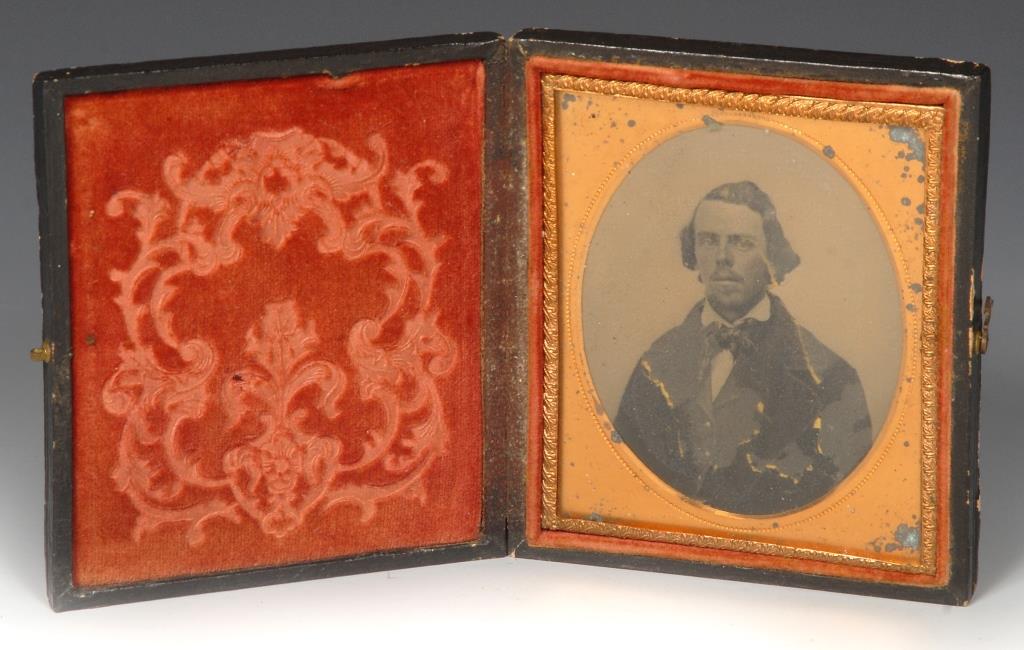
Ambrotype of Benjamin Askue ca. 1860
Askue joined the Union Army in 1861, serving for the 23rd Ohio Volunteers Infantry (O.V.I.). Under the leadership of future President Rutherford B. Hayes and William S. Rosencrans, Askue eventually became a field nurse for the O.V.I., putting his medical training to use. While in the army, Askue was captured several times by the Confederacy and even hid in the forest of West Virginia to avoid capture on one occasion, but he always managed to escape. His brother, Oscar Askue, had also been a soldier in the Union Army, and when Oscar was killed in battle, Benjamin Askue escaped the Confederates and made his way to the battlefield where his brother’s body lay. Upon arrival, he had his brother shipped back to Ohio.

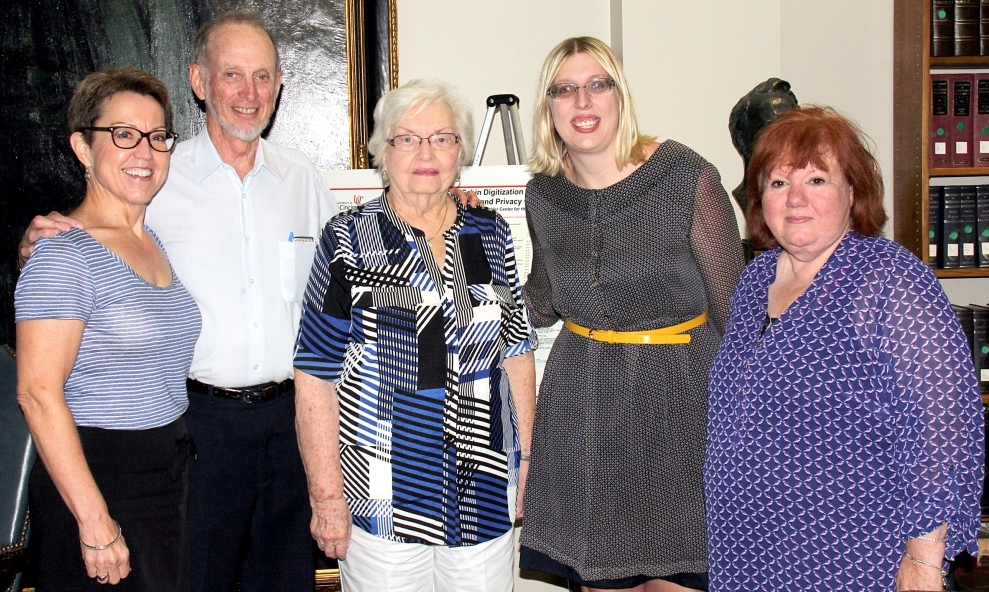
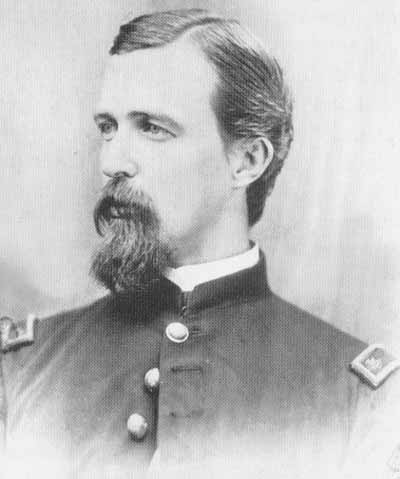 Currently featured in the Stanley J. Lucas, MD Board Room is a display about Dr. John Shaw Billings, MD, which was completed in conjunction with the Henry R. Winkler Center’s 5th annual Cecil Striker Society lecture. Dr. Dale C. Smith was the guest speaker for the event and his lecture was entitled “John Shaw Billings and the Medical College of Ohio: Shaping Twentieth Century Medicine.”Dr. Billings was an 1860 graduate of the Medical College of Ohio, a precursor to the University of Cincinnati College of Medicine.
Currently featured in the Stanley J. Lucas, MD Board Room is a display about Dr. John Shaw Billings, MD, which was completed in conjunction with the Henry R. Winkler Center’s 5th annual Cecil Striker Society lecture. Dr. Dale C. Smith was the guest speaker for the event and his lecture was entitled “John Shaw Billings and the Medical College of Ohio: Shaping Twentieth Century Medicine.”Dr. Billings was an 1860 graduate of the Medical College of Ohio, a precursor to the University of Cincinnati College of Medicine. We received an addition to the William A. Altemeier, MD collection from Dr. Altemeier’s son, William Altemeier III, MD, at the beginning of February. For those of you unfamiliar with the name, Dr. Altemeier is a graduate of the University of Cincinnati College of Medicine. Dr. Altemeier became the Christian R. Holmes Professor and Chairman of the Department of Surgery in 1952 and served in that position for twenty-six years. His surgical expertise and research led to hundreds of publications on surgical infections and he counted the over one-hundred chief residents which he trained during his tenure with UC as his greatest contribution to medicine.
We received an addition to the William A. Altemeier, MD collection from Dr. Altemeier’s son, William Altemeier III, MD, at the beginning of February. For those of you unfamiliar with the name, Dr. Altemeier is a graduate of the University of Cincinnati College of Medicine. Dr. Altemeier became the Christian R. Holmes Professor and Chairman of the Department of Surgery in 1952 and served in that position for twenty-six years. His surgical expertise and research led to hundreds of publications on surgical infections and he counted the over one-hundred chief residents which he trained during his tenure with UC as his greatest contribution to medicine.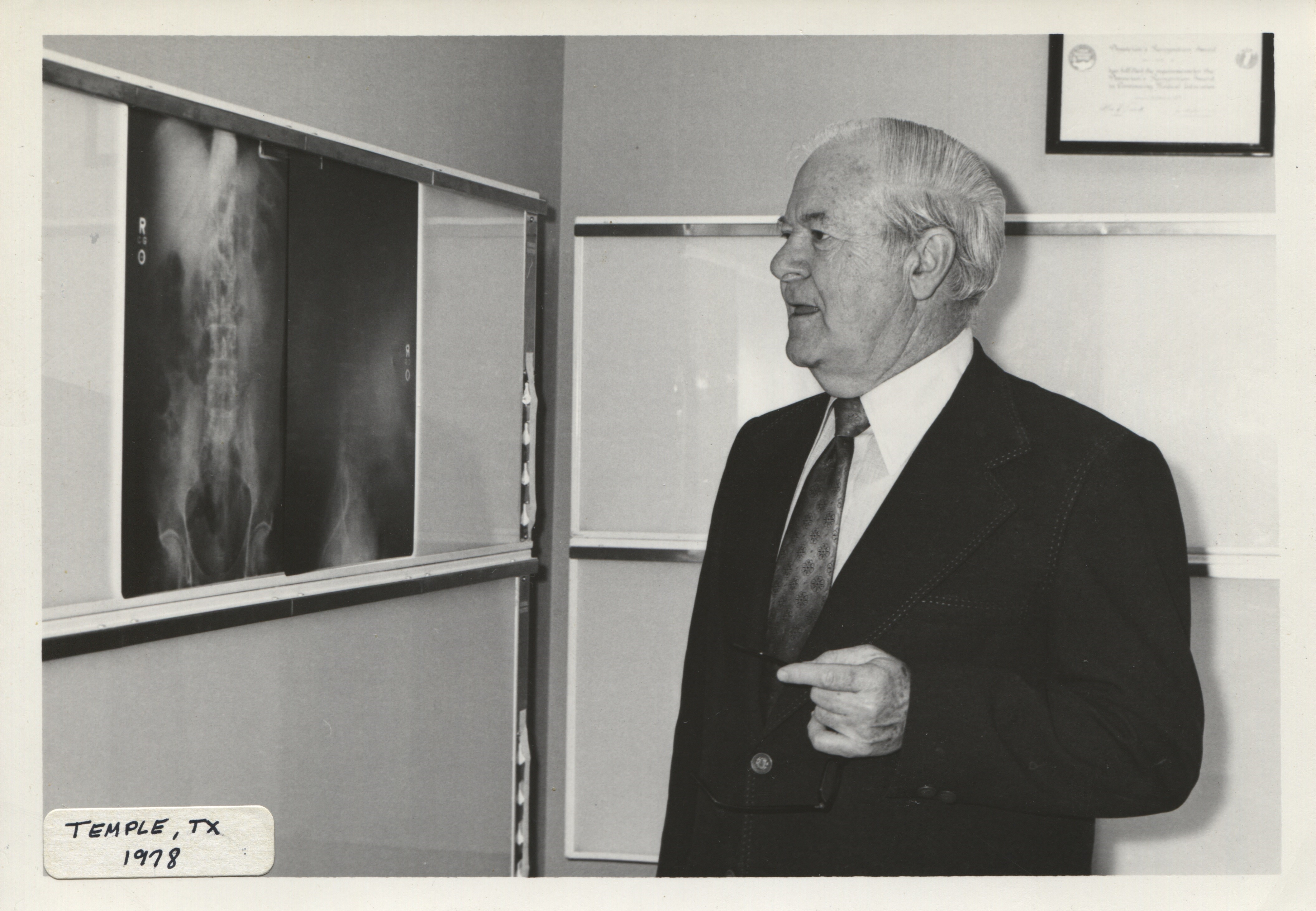
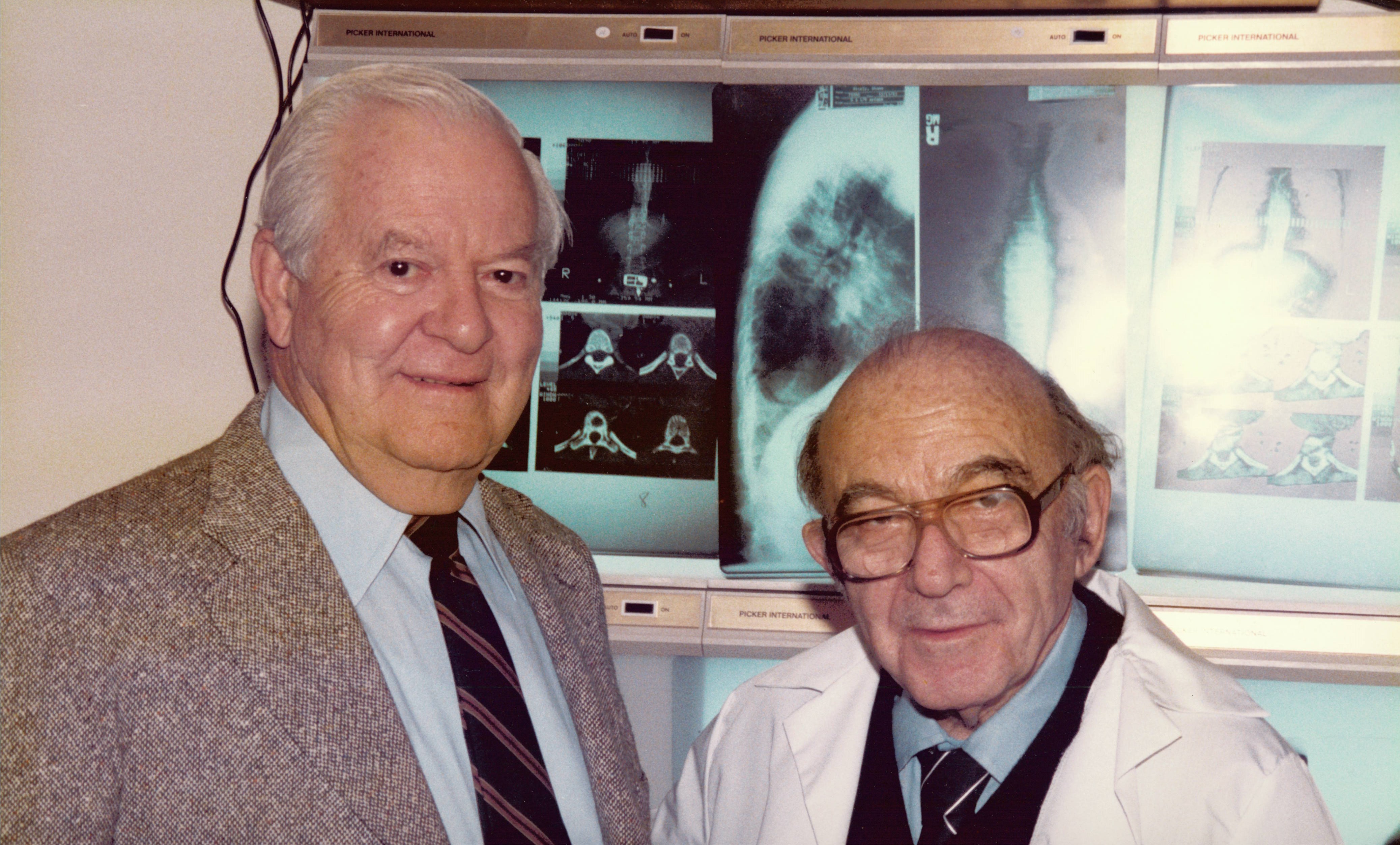
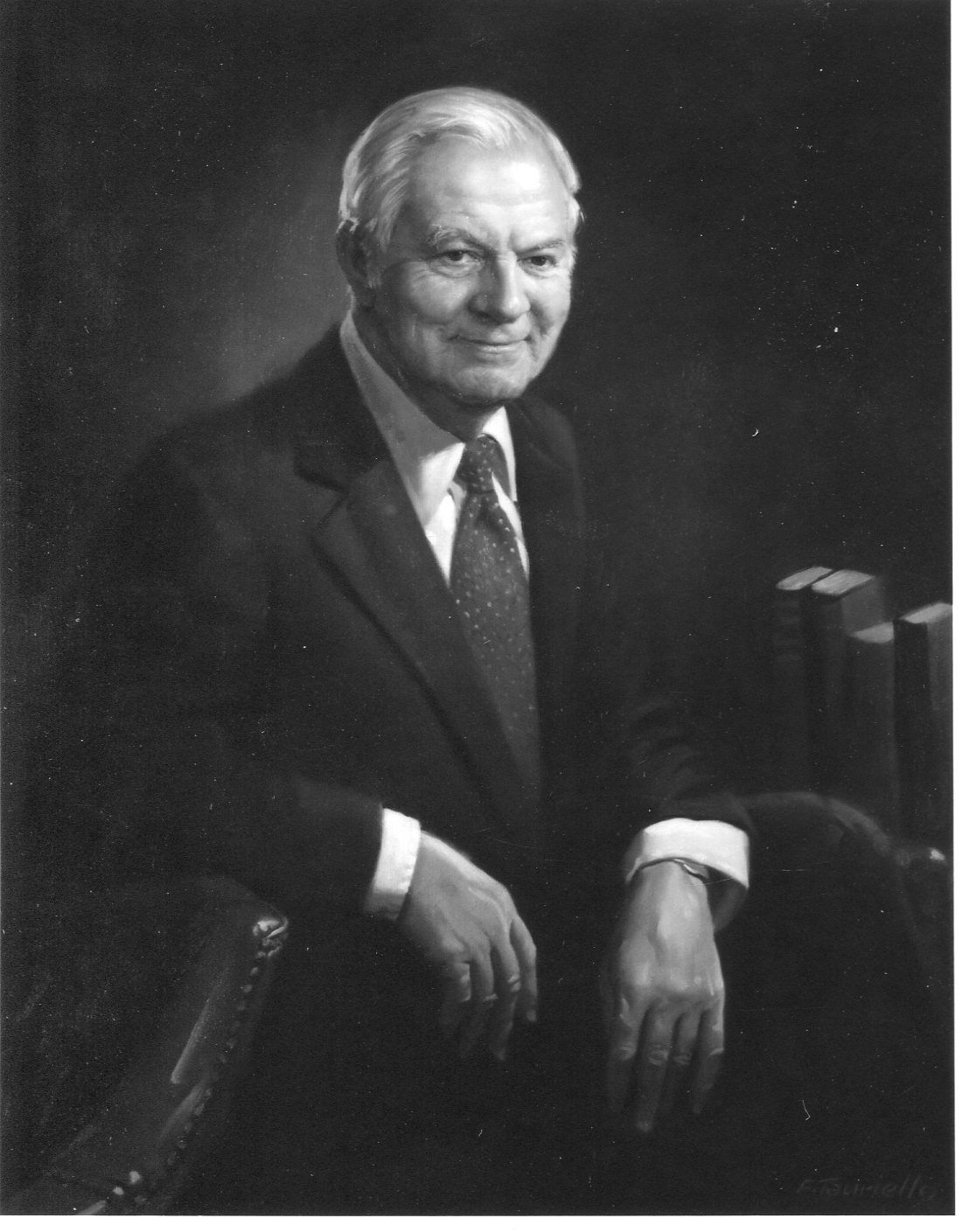 The Henry R. Winkler Center for the History of the Health Professions was fortunate to receive generous donations from both Nancy Felson and the University of Cincinnati Department of Radiology to help process the Dr. Benjamin Felson papers held here in the Center. According to a chapter in History of Medical Specialties in Cincinnati, Dr. Stanley J. Lucas wrote:
The Henry R. Winkler Center for the History of the Health Professions was fortunate to receive generous donations from both Nancy Felson and the University of Cincinnati Department of Radiology to help process the Dr. Benjamin Felson papers held here in the Center. According to a chapter in History of Medical Specialties in Cincinnati, Dr. Stanley J. Lucas wrote: